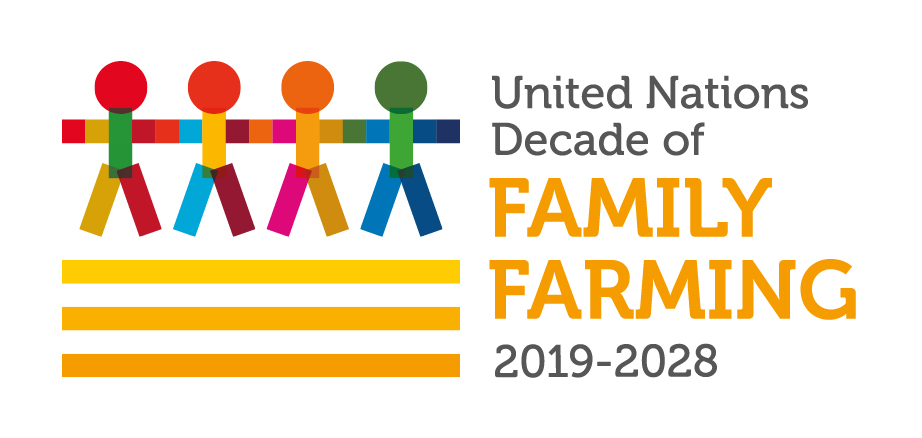More than half of the world’s 6 billion people eat rice as their staple food. Global rice prices have been rising since early 2003. Moderate increases of 9 per cent in 2006 and 17 per cent in 2007 were recorded, but since the beginning of 2008 international rice prices have shown a steep upward trend, reflecting a limited supply available for purchase.1 In March 2008, the high quality Thai 100 per cent B (white rice) was quoted at $562 per tonne, which was 74 per cent higher than in March 2007, and rose to $898 per tonne by mid-May 2008. Likewise, Thai A1 Super, fully broken rice, markedly increased by 94 per cent, from $263 per tonne in March 2007 to $522 in March 2008 and surged to $764 per tonne two months later. By May 2008, world rice prices were more than double their May 2007 level.
Hardest hit by this spike in prices are major rice-importing countries, especially the Philippines, the world’s top rice importer. The increase in prices worldwide also drove up domestic rice prices, which rose from March 2007 to March 2008 by 100 per cent in Bangladesh and Cambodia, 70 per cent in Afghanistan, 55 per cent in Sri Lanka and 40 per cent in the Philippines.2 Only 6 to 7 per cent of global rice production is traded internationally each year.1 Due to a very thin market, the price of rice has been subject to the sharpest fluctuations among the world’s traded staples.
The rice crisis resulting from soaring prices and tight supplies has serious implications. Rice provides 60 per cent of the food intake in Southeast Asia and about 35 per cent in East and South Asia. The International Rice Research Institute reports that 700 million, or two thirds of the world’s 1.1 billion poor, live in rice-growing countries in Asia. These people spend as much as 30 to 40 per cent of their income on rice alone. The poor are, therefore, vulnerable to the surge in rice prices since their purchasing power will be seriously hit, resulting in severe food deprivation and malnutrition.2 In recent months, the rice crisis has resulted in social unrest, with mass protests and food riots in several countries.3



Comments are closed